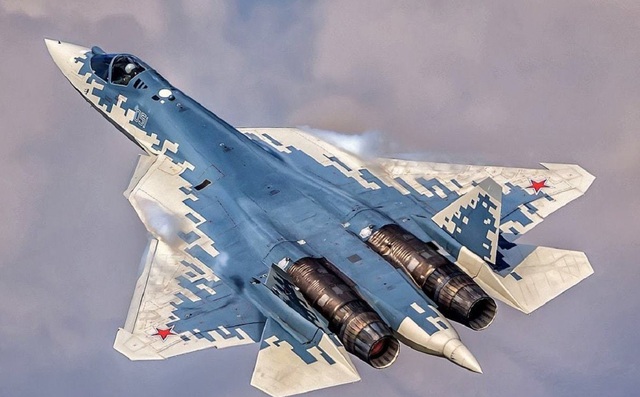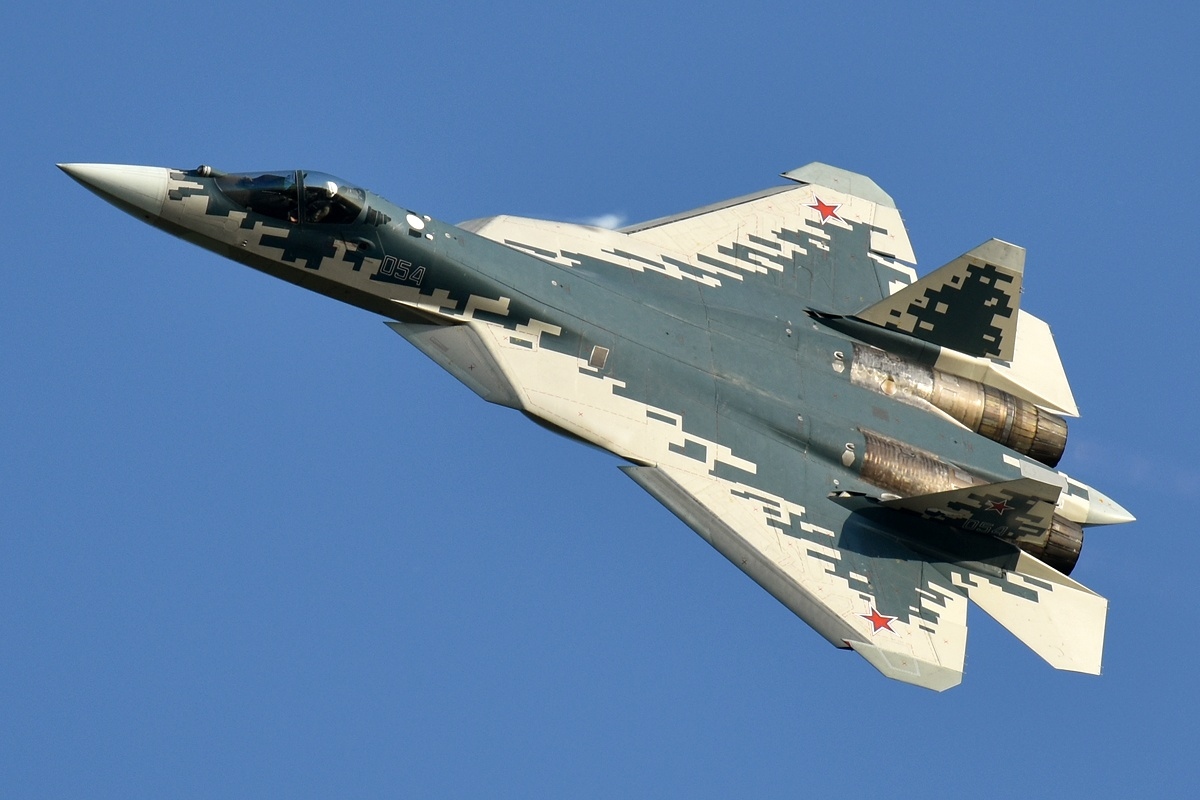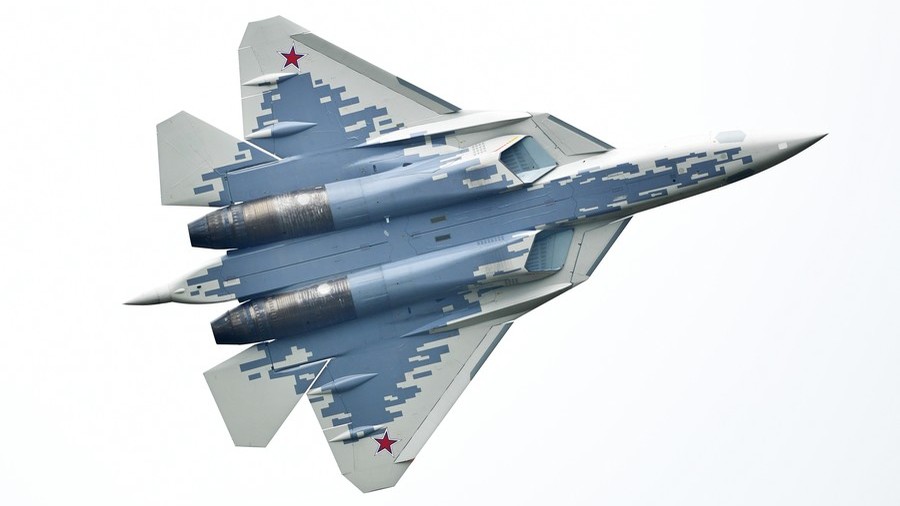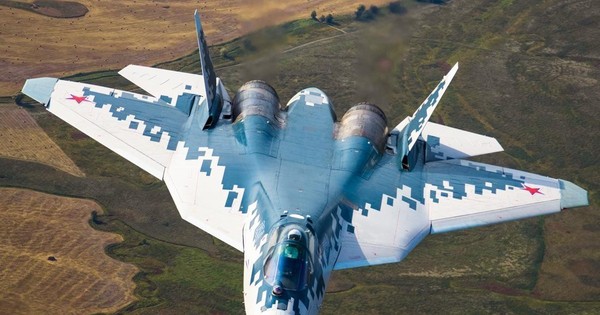The Sukhoi Su-57, developed by Russia’s Sukhoi Design Bureau, is a fifth-generation multirole fighter that exemplifies the cutting edge of modern aviation technology. Designed to compete with the likes of the American F-22 Raptor and F-35 Lightning II, the Su-57 boasts advanced stealth capabilities, superior agility, and a formidable array of weaponry, making it a potent addition to the Russian Air Force.

Development and Design
The journey to the Su-57 began in the early 2000s as part of Russia’s efforts to modernize its air force with a new-generation fighter. The aircraft, originally known as the PAK FA (Prospective Aviation Complex of Frontline Aviation) and later designated as the Su-57, first took to the skies in January 2010. The Su-57 was designed to excel in both air superiority and ground attack roles, providing a versatile platform capable of engaging a wide range of threats.
One of the most striking features of the Su-57 is its stealth design. The aircraft incorporates advanced composite materials, radar-absorbent coatings, and a sleek, angular airframe to minimize its radar cross-section. These design elements allow the Su-57 to evade detection by enemy radar systems, giving it a significant tactical advantage in combat.

Advanced Avionics and Systems
The Su-57 is equipped with cutting-edge avionics and sensor systems, providing pilots with comprehensive situational awareness and enhanced combat capabilities. The aircraft features an advanced AESA (Active Electronically Scanned Array) radar, which can track multiple targets simultaneously and provide high-resolution imagery. Additionally, the Su-57 is fitted with an infrared search and track (IRST) system, allowing it to detect and engage targets without relying on radar.
The cockpit of the Su-57 is designed with the pilot in mind, featuring a modern glass cockpit with multifunction displays, a heads-up display (HUD), and advanced fly-by-wire controls. These systems work together to reduce pilot workload and enhance mission effectiveness, enabling the Su-57 to operate in the most demanding combat environments.

Formidable Armament
The Su-57’s armament is as impressive as its avionics. The aircraft is equipped with internal weapon bays that can carry a variety of air-to-air and air-to-ground missiles, maintaining its stealth profile while delivering lethal firepower. The Su-57 can be armed with the R-77 and R-73 air-to-air missiles for aerial combat, as well as the Kh-38 and Kh-59 guided missiles for precision strikes against ground targets.
In addition to its internal bays, the Su-57 has six external hardpoints that can be used for additional ordnance when stealth is not a primary concern. This flexibility allows the Su-57 to carry a significant payload and adapt to various mission requirements.

Operational Capabilities and Future Prospects
The Su-57 is designed to perform a wide range of missions, from air superiority and interception to ground attack and reconnaissance. Its supercruise capability, which allows it to fly at supersonic speeds without afterburners, gives it a significant advantage in terms of speed and fuel efficiency. The aircraft’s high maneuverability, achieved through advanced aerodynamics and thrust-vectoring engines, ensures it can outmaneuver adversaries in dogfights.
While the Su-57 has faced delays and challenges during its development, including the loss of a prototype in 2019, it has steadily progressed towards full operational capability. The Russian Air Force has begun receiving production models, and the aircraft is expected to play a central role in Russia’s air defense strategy for decades to come.
Conclusion
The Sukhoi Su-57 represents a bold leap forward in Russian military aviation, combining stealth, agility, and firepower in a single platform. As it enters service and continues to evolve, the Su-57 is poised to become a cornerstone of Russia’s air combat capabilities, showcasing the innovation and expertise of the Sukhoi Design Bureau. Its advanced features and versatile design make it a formidable adversary and a key player in the modern battlespace.





